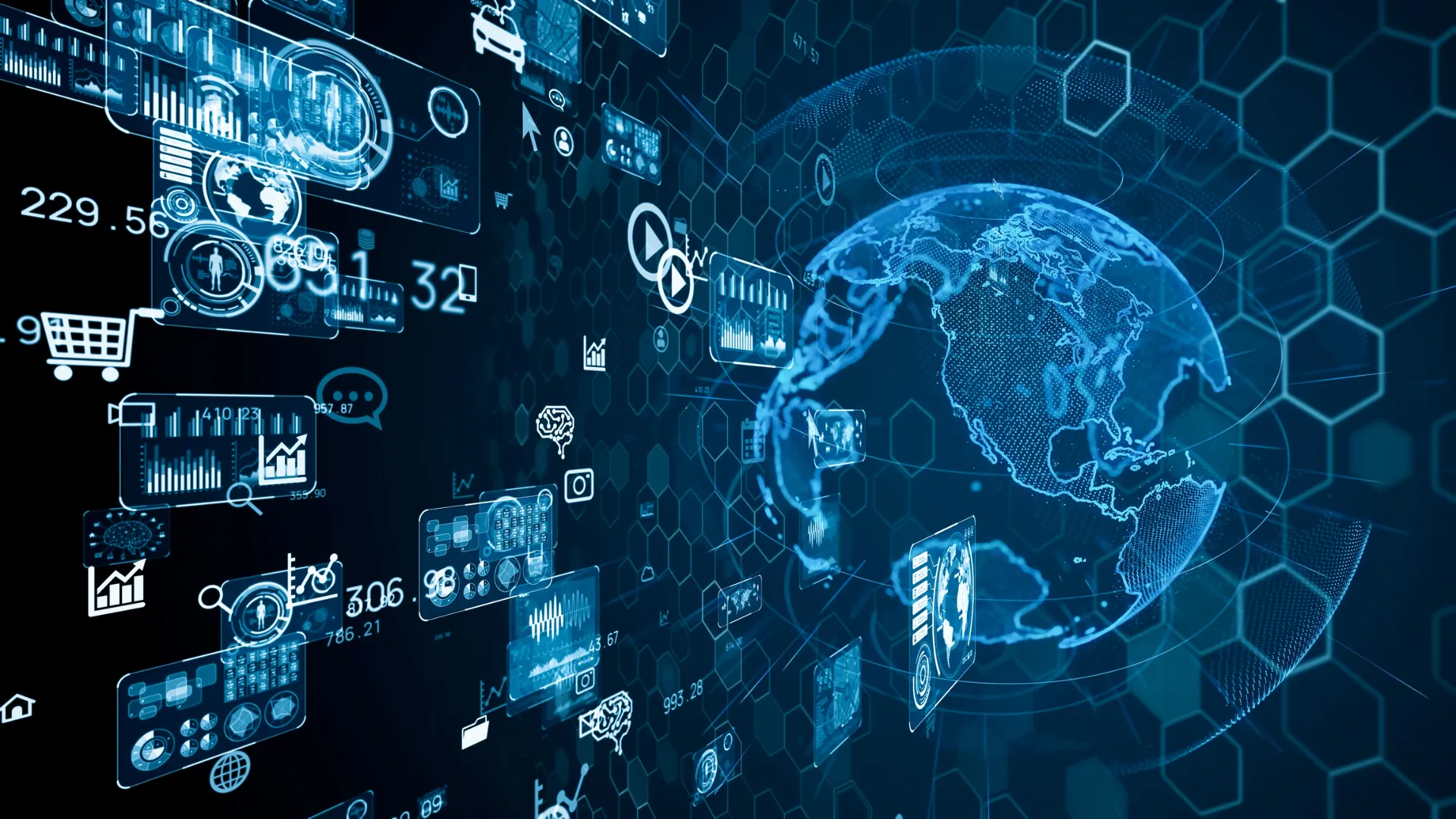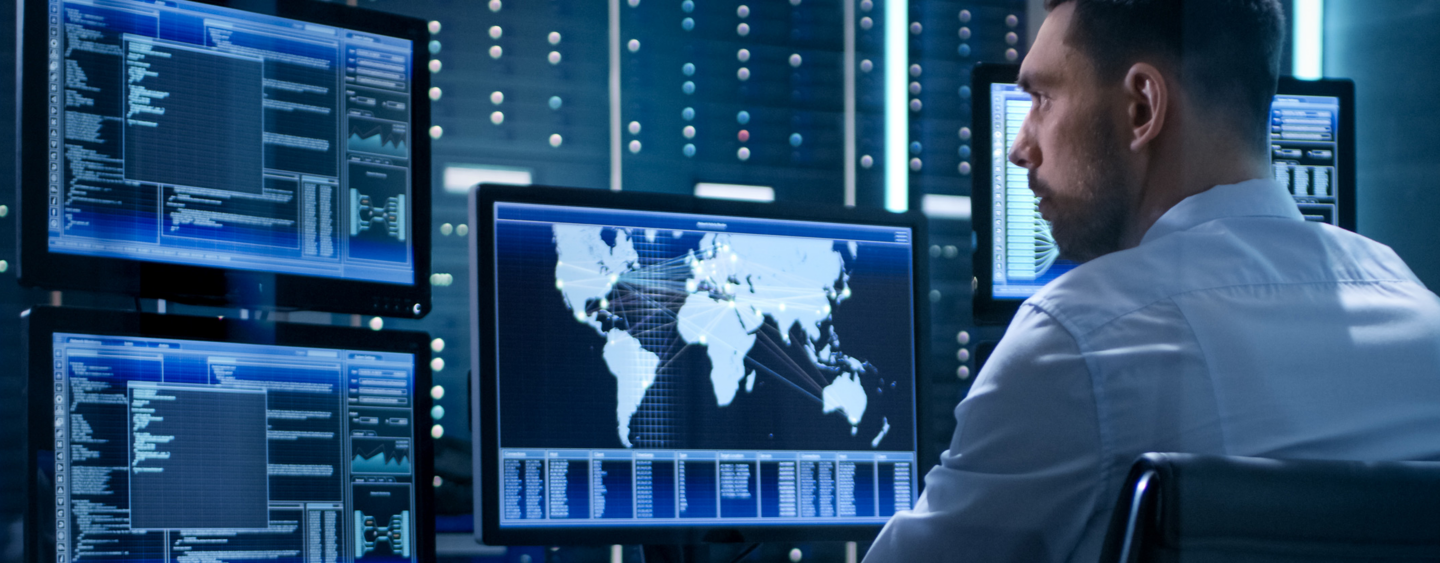Best Cybersecurity trends: what to look out for before 2022 ends

Best Cybersecurity trends in 2022: what to look out for
The cybersecurity industry is developing and currently provides stronger protection than ever against virus assaults and efforts to get into data.
Cybersecurity concerns are increasing as data consumption across businesses continues to proliferate. In response to hackers’ ongoing attempts to breach systems and network infrastructures, authorities are making every effort to stay one step ahead of these intrusion attempts. The industry is anticipated to undergo several substantial changes shortly that will help it effectively combat the threat of data theft and information spies. Some of these developments are detailed below.
1) Artificial Intelligence (AI) and Machine Learning (ML): For businesses across all industries and business categories, the marriage of AI and ML is proving crucial in enhancing cybersecurity. While AI aids in spotting unusual use patterns, ML aids machines in assimilating these patterns to successfully stop and defend against hacker and virus efforts. These two technologies are proven to be complementary to one another, and when used together, they may greatly aid enterprises in efficiently fending off the threat of cyberattacks.
2) Mobile Hacking: Mobile devices are currently the major target of data hackers as they become a more common alternative for PCs, laptops, and tablets. Our mobile phones contain a wealth of sensitive information, including photos, bank account numbers, and personal information, which puts them at the top of fraudsters’ priority lists. Cyber agencies have now refocused their efforts on smartphone solutions with this increased danger perception in mind, and in the upcoming months, we can undoubtedly expect some significant breakthroughs in the area of mobile security.
3) Distributed Cloud Technology: Instantly, businesses from a variety of industries began to use cloud storage. The technology helps value chain participants save a ton of money by allowing businesses to outsource their storage needs to big data organizations. The risk of centralized cloud storage systems, however, has grown over time. Companies have centred their efforts on building distributed cloud storage technologies as a result of data hackers finding these centralized repositories to be an easy target.
The fundamental goal of the concept is to drastically lower the hacking danger by dispersing cloud storage among several places throughout the globe. Even if one data store is compromised in such a case, other sources won’t be affected and will continue to be safe and secure. The technology is quickly catching up to the key players in the market, and companies like Google, Amazon, and Microsoft are working extremely hard to lead the field in distributed cloud storage technology.

4) Targeted Ransomware Attacks: Many cyber enthusiasts are becoming involved in ransomware attacks and other unlawful activities due to the possibility of obtaining quick money. Experts have observed that these assaults have recently gotten more focused, with a flurry of them targeting significant corporations, IT companies, and the healthcare industry.
Nobody can forget the 2017 WannaCry ransomware assault that crippled and damaged the UK’s National Health Service (NHS) hospitals, making the healthcare sector particularly susceptible to such attacks. The present data network security must undergo a thorough makeover to prevent these targeted attacks. Without sure, this calls for a substantial investment from the parties involved, but it is worth every penny to improve the IT infrastructure of businesses.
5) Country-Backed Cyberattacks: Countries all around the world are increasingly conducting cyberattacks on their rivals to cement their strategic superiority. Governments have been further persuaded to employ cyberattacks as a key instrument in their strategic armoury by the simmering geopolitical tensions between states today. A significant number of international cyberattacks are anticipated in 2022, and the severity may exceed expectations given that several countries will be holding elections at the same time.
![]()
6) Roll out of 5G Technology: With the rollout of 5G, data speeds are expected to increase dramatically, but experts warn that this might also increase the risk of cyberattacks on users of the network. IoT devices will be targeted because of the interactions between several gears that make them susceptible to hacking efforts. Furthermore, if its commercial uses go online in full force, attackers may very well be able to exploit its flaws due to the technology’s evolving nature.
In the past several years, there has been a dramatic change in the nature and methodology of cyber attacks. These days, the attacks are more focused, fast, and geographically concentrated. This demands that the whole IT sector ecosystem work together to thwart the malicious plans of modern hackers. To create powerful solutions to counter cyber threats, all parties involved must concentrate on a cooperative strategy. The role of policymakers is similarly important since they can support the sector in fostering innovation and bringing innovative solutions to market more quickly and agilely.
Edited and proofread by nikita sharma





